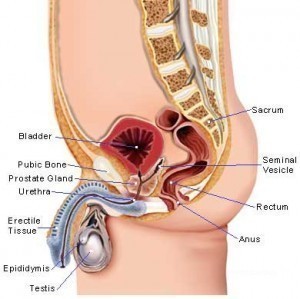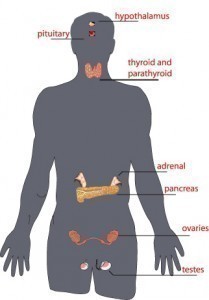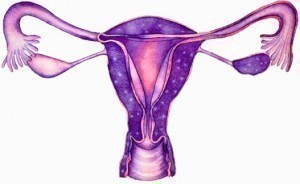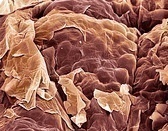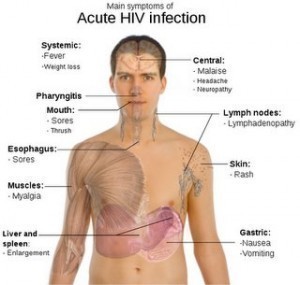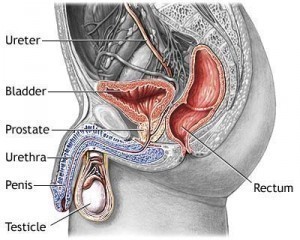Symptoms of Prostatitis
Characterized by difficult and painful urination, prostatitis is a severe medical condition affecting the prostate glands, particularly of male patients. People who are suffering from this health problem have histological inflammation, which may be caused by a variety of factors including traumatic injury, psychological stress as well as immune system disorder. It is much easier to understand this medical problem by learning the various diagnostic procedures, treatments as well as the major and minor symptoms of prostatitis.
Signs of Prostatitis
This disease is classified into four different categories, namely asymptomatic inflammatory prostatitis, chronic prostatitis, chronic bacterial prostatitis and acute bacterial prostatitis. Although these conditions vary, they all share common signs like painful ejaculations, pain in the testicles and pain affecting the perineum. In most cases, patients can experience sharp pain at the lower back, groin and abdominal region. They can also feel the urgent need to urinate, nocturia or the frequent urination at night and dysuria or painful urination.
Upon the onset of early signs like painful ejaculations, difficult urination and pelvic pain, it is good to consult the doctors immediately. These health professionals are equipped with the proper knowledge to prescribe helpful treatments and therapies for patients. In addition, acute bacterial prostatitis has unique symptoms such as nausea, chills and high fever.
Prostatitis Diagnosis
Patients suffering from this type of medical condition can actually undergo a variety of all-important diagnostic procedures. After finishing their physical exams, they can now answer the symptom questionnaire released by the U.S. National Institutes of Health Chronic Prostatitis Symptom Index. This can actually help doctors diagnose the problem as well as monitor the effectiveness of the various treatments.
In addition, they can also undergo digital rectal exams to provide better and highly accurate diagnosis of the medical problem. This will help determine the possibility of inflammation, tenderness and enlargement in the prostate gland. To help establish the real cause of the disease, physicians can ask their patients to undergo semen and urine tests. To examine the bladder and urethra, one of the top options is the use of cystoscopy. Moreover, urodynamic tests can help check bladder function.
Prostatitis Treatment
Because of the presence of bacteria and inflammation, physicians usually prescribe antibiotics. These medications will help soothe the pain as well as improve the general condition of patients. These may come in the form of injections or oral medications, which should last around two to four weeks. It is also possible to use different types of alpha-blockers like doxazosin and alfuzosin. Pain relievers can also help manage the pain, especially ibuprofen and aspirin. Prostatic massage is also therapeutic in nature.
For more information Symptoms Of Prostatitis read:
